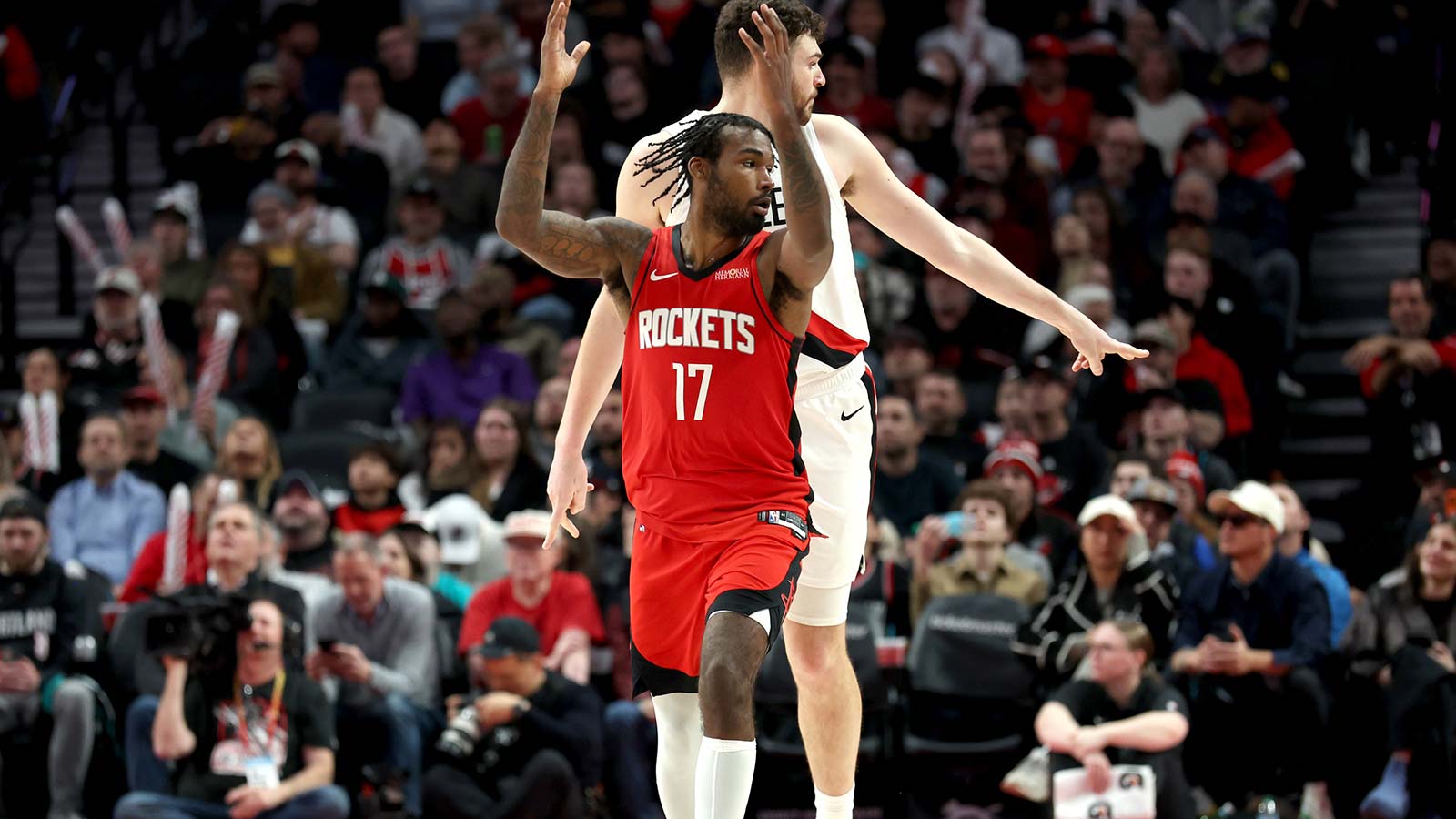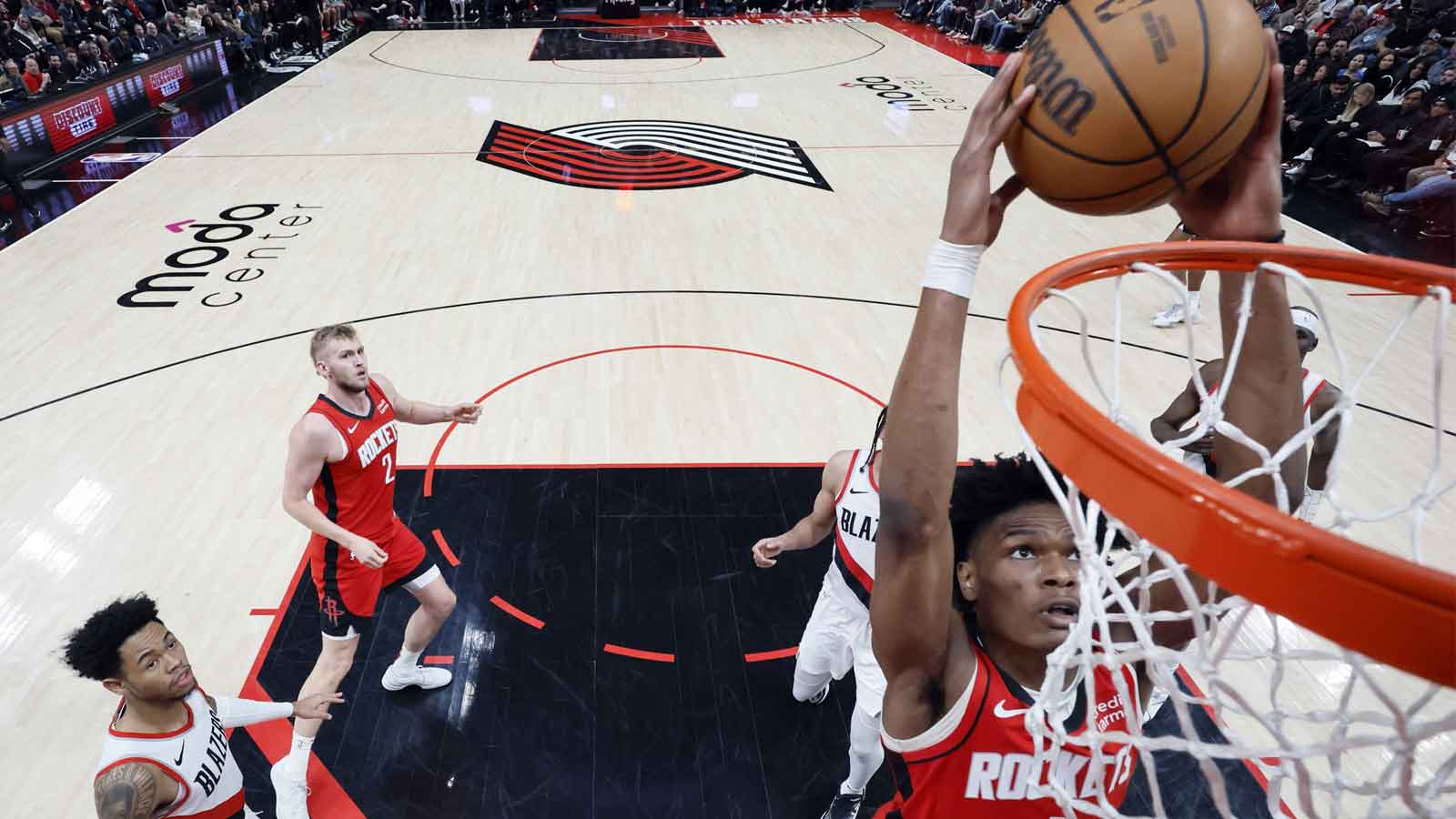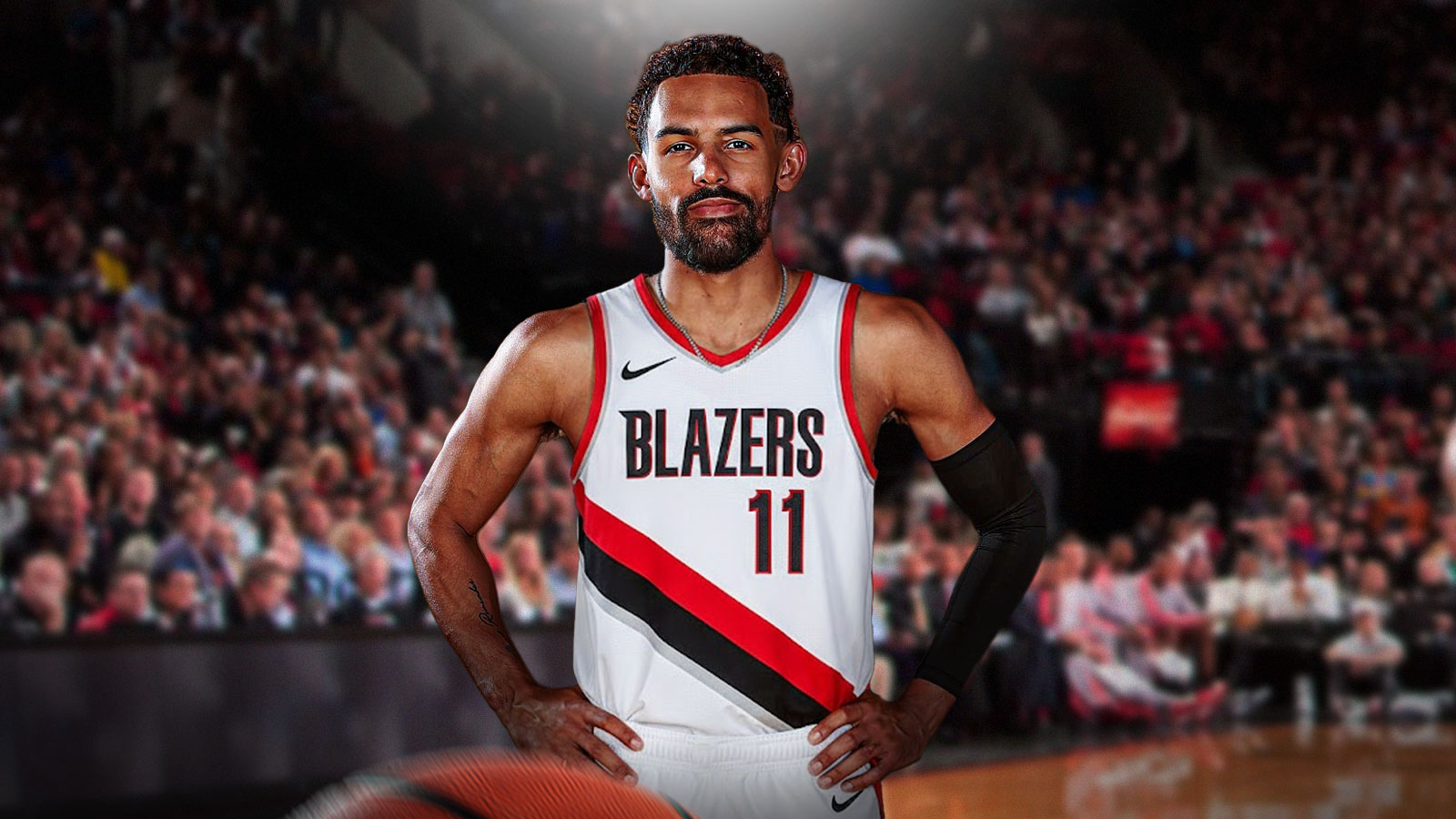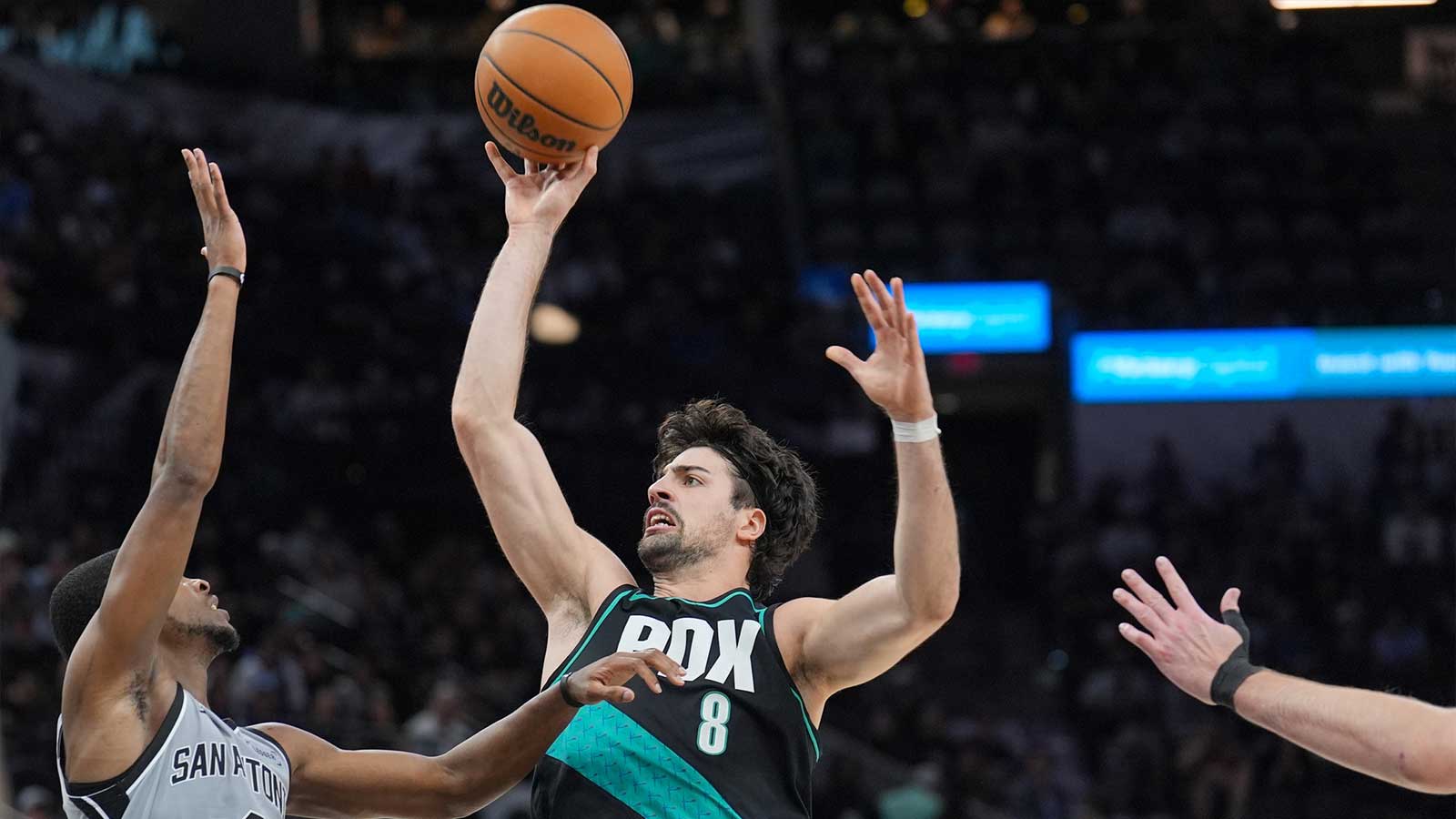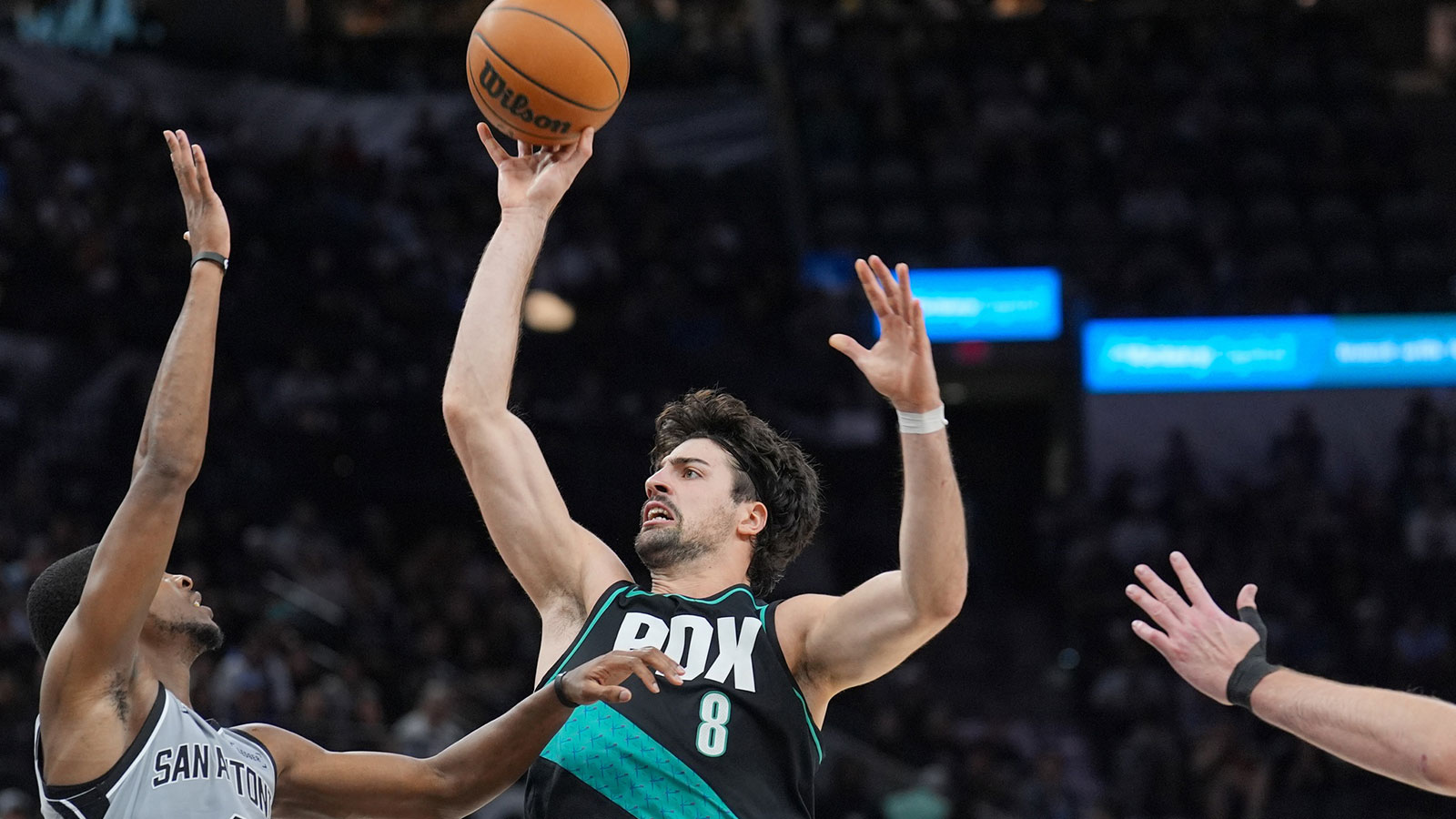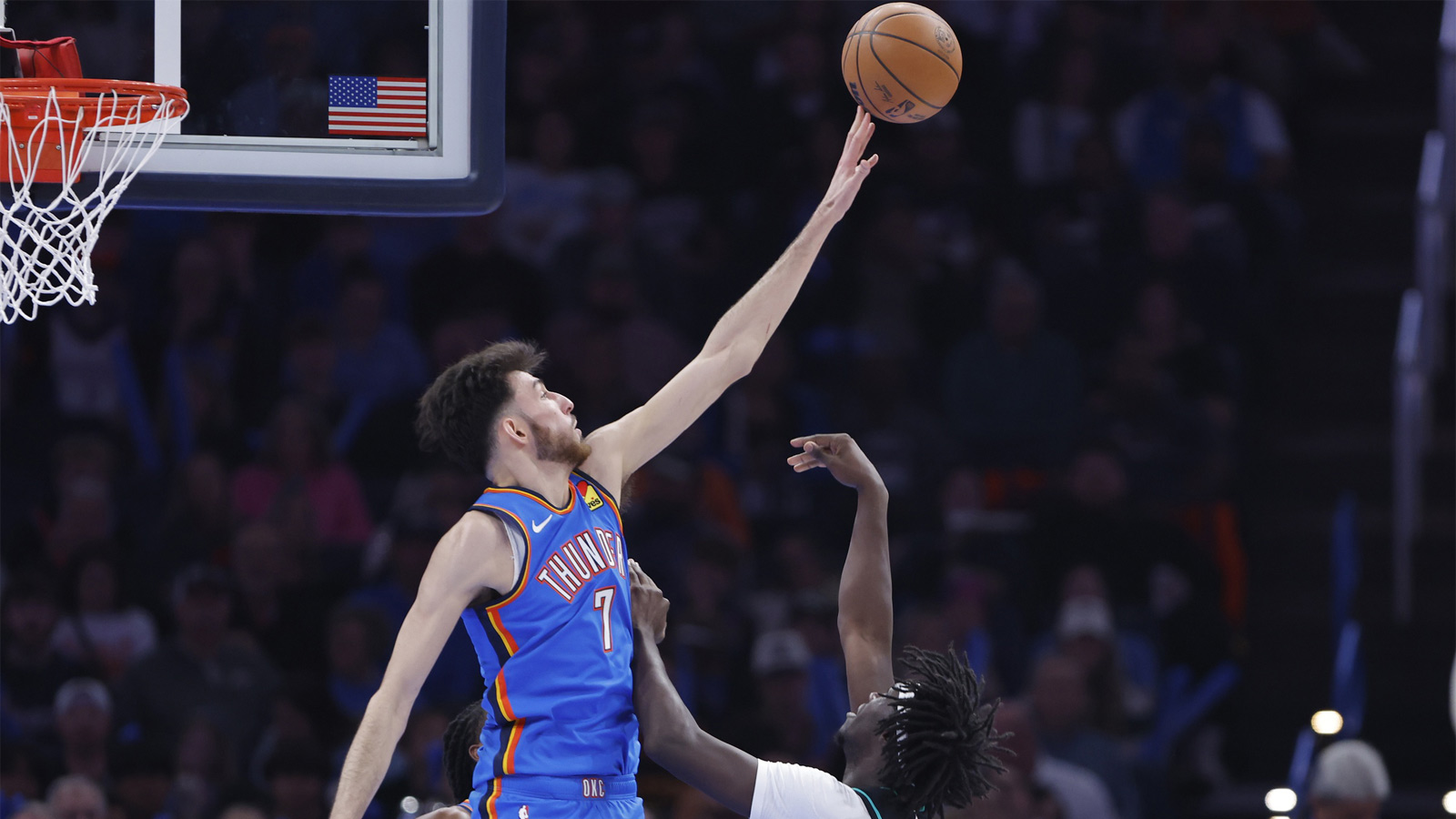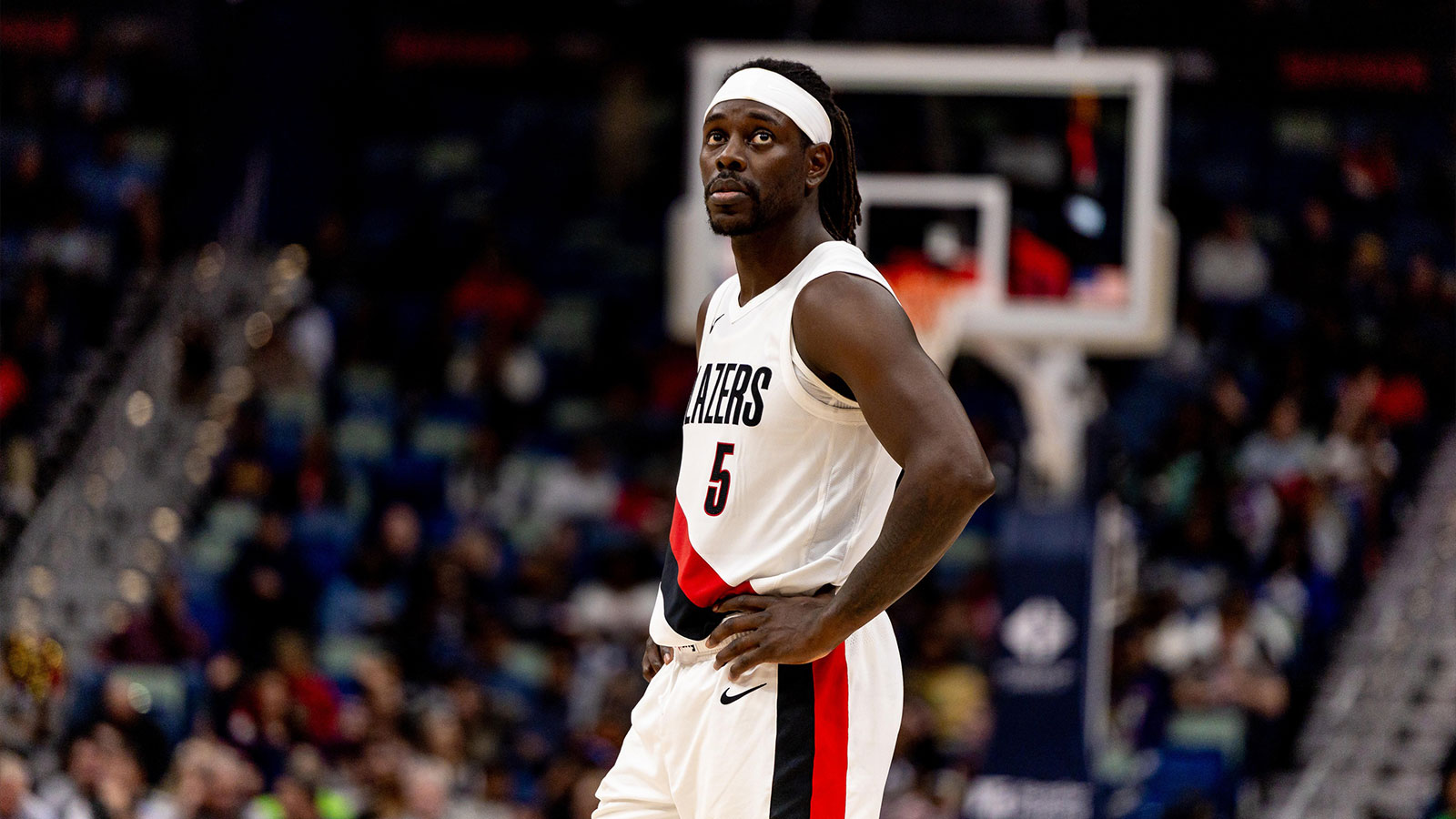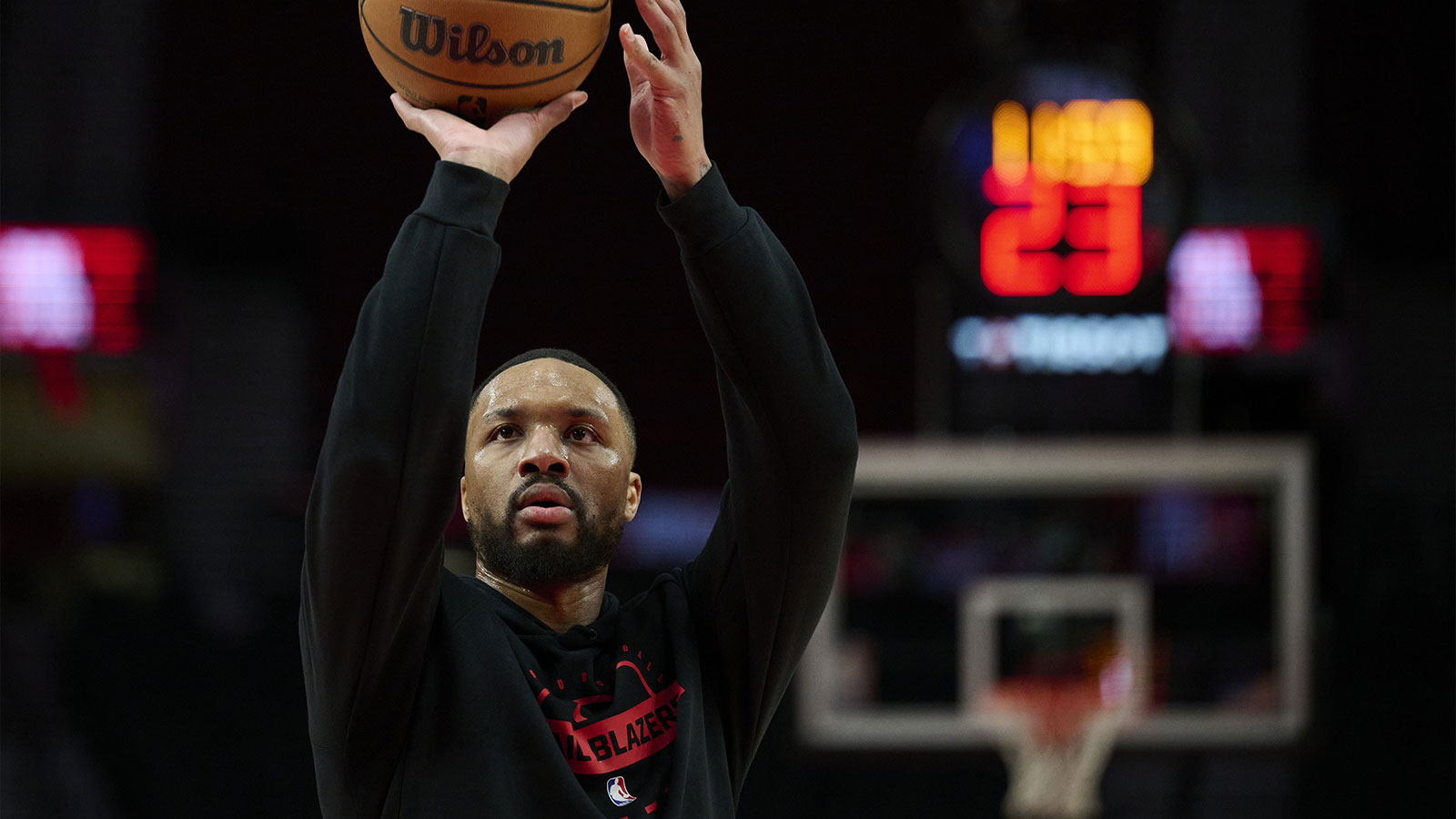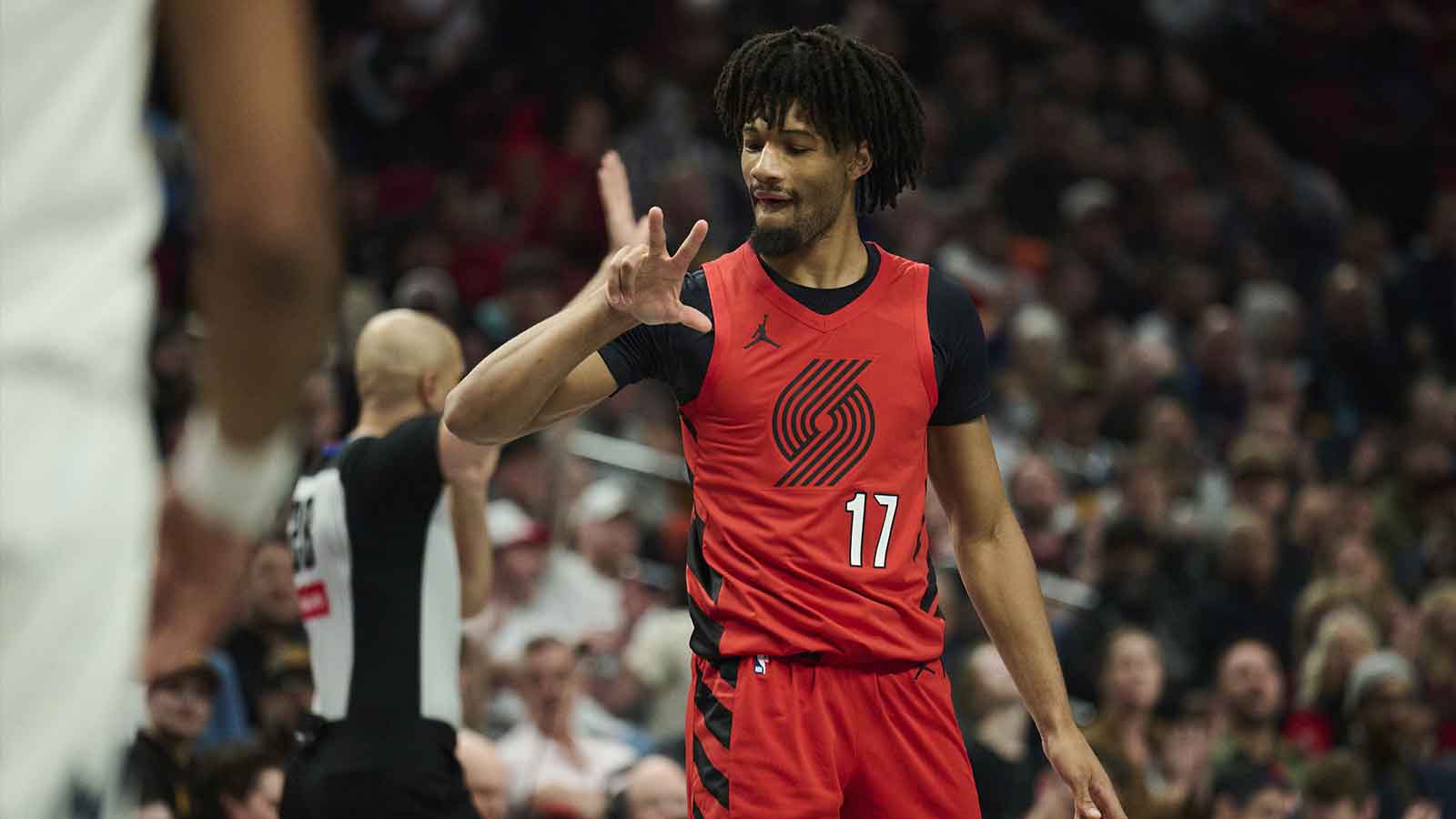The Portland Trail Blazers are hardly the only ones who hope to start again when the calendar flips to 2o22. Suddenly almost halfway through a tumultuous regular season marked by Damian Lillard's early struggles, Neil Olshey's eventual ouster and a roster ravaged by injuries and then COVID-19, Portland finds itself at 13-21 heading into Friday's nationally televised tilt with the Los Angeles Lakers.
Obviously, a win over LeBron James and the laboring Lakers would be a welcome way for the Blazers to ring in 2022. But even a victory against Los Angeles, losers of six of seven amid a coronavirus outbreak of its own, wouldn't change what Portland hopes and needs to accomplish over the remainder of this season and the next 365 days.
*Watch NBA games LIVE with fuboTV (click for free trial)*
New Year's Resolutions for Damian Lillard's Portland Trail Blazers
3. Play with consistent edge and intensity
What has most irked Billups during his debut on the sidelines hasn't been Portland's slow collective grasp of help responsibilities defensively nor the need to recently scale back more advanced strategic concepts on the other end of the floor. Beginning with the opening week of the regular season and continuing into December, Billups has frequently lamented his team's lagging overall effort and fleeting commitment to the hard work of winning.
“My biggest concern, I think, at the moment, is I want us to compete harder, man. I want us to compete harder,” he said on Dec. 2 after a blowout loss to the San Antonio Spurs. “I want us to be competitive in every game. And I don't feel like every night we do that. We don't. And it concerns me. And I've felt that way in a lot of our wins. This is not just after a loss, me saying this.”
The good news is that the recent lineup adjustment Billups first threatened in November has largely curbed the Blazers' maddening tendency for slow, disengaged starts. Swapping Larry Nance Jr. in place of Robert Covington in Portland's starting five presents its own challenges, especially offensively, but has at least provided a spark of energy from the opening tip the incumbent quintet sorely lacked.
Will it persist when CJ McCollum finally returns from a collapsed right lung, ostensibly moving Nassir Little back to the bench? Little provides an even more palpable jolt of hustle and activity than Nance. It'll be fascinating to see how Billups reacts should Portland revert back to its overly casual approach to start games once McCollum takes the floor and the roster, fingers crossed, tests out of health and safety protocols.
Either way, if the Blazers plan on emerging from their current nadir in the standings to push for a spot above the play-in tournament, their effort can no longer come into question.
2. Force more turnovers
The Blazers' defensive personnel is substantially better than it was last season, but their results on that side of the ball have been just as if not more disastrous.
Portland's 113.6 defensive rating is second-worst in the league, per NBA.com/stats, just a tenth of a point below the rebuilding Houston Rockets' bottom-dwelling mark. At least there was some room between the Blazers' 29th-ranked defense and the Sacramento Kings' historically porous outfit in 2020-21. Now, they're on the verge of falling to basketball's worst defense despite a revamped roster, scheme and supposedly new commitment to getting stops.
Portland's problems on defense are layered. There's no cure-all for them that avoids a roster overhaul so significant as to render Billups' team a shell of its current self. Maybe those massive changes come before the Feb. 10 trade deadline, but even if they do, the Blazers' defense won't be substantially improved unless its ability to force miscues better aligns with Billups' preferred system.
Portland has defended ball screens far more aggressively than any team in the league, per Krishna Narsu of BBall Index.
What teams are the most aggressive defending against the P&R? After previously being a very conservative defense, Portland has been by far the most aggressive. Meanwhile, the Bucks are the most aggressive defense that Drops the most. pic.twitter.com/1zZOJL0cdE
— Krishna Narsu (@knarsu3) December 30, 2021
Though we've been casting doubt on the marriage between the Blazers' roster and scheme since training camp, it's hardly surprising to learn they've played pick-and-rolls with more “blitzes” and “shows” than any team in the league. Other than a two-game blip in mid-November reverting back to drop coverage, they've basically been locked into that hyper-aggressive base defense all season. Billups' hybrid matchup zone, regularly gashed, is nothing more than a changeup.
Another instance where the data matches the eye test? The lack of havoc Portland wreaks defensively in general, but especially considering how it chooses to defend.
The Blazers create turnovers on just 13.3% of their opponents' possessions, per Cleaning the Glass, 23rd in the NBA. No other team in the top 10 of BBall Index's defensive aggression metric ranks below 20th in opposing turnover rate. The Minnesota Timberwolves are second in pick-and-roll aggression and first in forcing turnovers, while the Miami Heat rank third in both categories.
Making offenses uncomfortable and causing mistakes is the primary goal of Portland's defensive scheme. That the Blazers haven't been able to despite selling out so hard to do so isn't just a ringing condemnation of their defense to this point, but what it's bound to look like going forward unless major changes are made — to the roster, system or both.
1. Give Dame some real support
Lillard insisted after his first game back from two weeks on the shelf managing abdominal teninopathy that he felt “significantly better” physically than he had “in a long time.” He reiterated that hopeful development following the second leg of a back-to-back just three days later, and then his performance finally caught up to his body.
Lillard is averaging 34.4 points, 3.8 rebounds and 5.8 assists over the last five games, shooting 43.4% from deep on higher volume than normal while living at the free-throw line. It has gone largely unnoticed nationally given mounting COVID-19 cases and Portland's failure to build on those impressive wins over the Charlotte Hornets and Memphis Grizzlies leading up to the holidays, but Lillard has been every bit of his typical All-NBA self of late.
Even prior to him regaining that superstar form, though, Lillard was still the Blazers' offensive bellwether. His +9.3 net offensive rating before being sidelined on Nov. 30, per NBA.com/stats, was a team high even amid ugly personal shooting splits of 48.1% on 2s and 29.1% from 3. Lillard was also drawling less than half as many free-throw attempts back then as he has since returning.
Where does his net offensive rating rank league-wide for the season's whole? In the 91st percentile among all players at +8.3, per Cleaning the Glass, which filters out garbage-time possessions. No other player on Portland's roster boasts a net offensive rating better than +3.1. The Blazers' offensive efficiency is higher when Lillard plays without McCollum, too, and the inverse doesn't hold.
Lillard needs help, and there's not much reason to think he'll get enough of it once Portland grows closer to full health. The new surge of COVID-19 has put trade calls mostly on hold, but it's incumbent on interim general manager Joe Cronin and the front office to be working the phones regardless. The Blazers are stuck in the mud as currently constructed. Not even Lillard, again playing near his all-time peak, is good enough to get them out of it without some new means of support.










